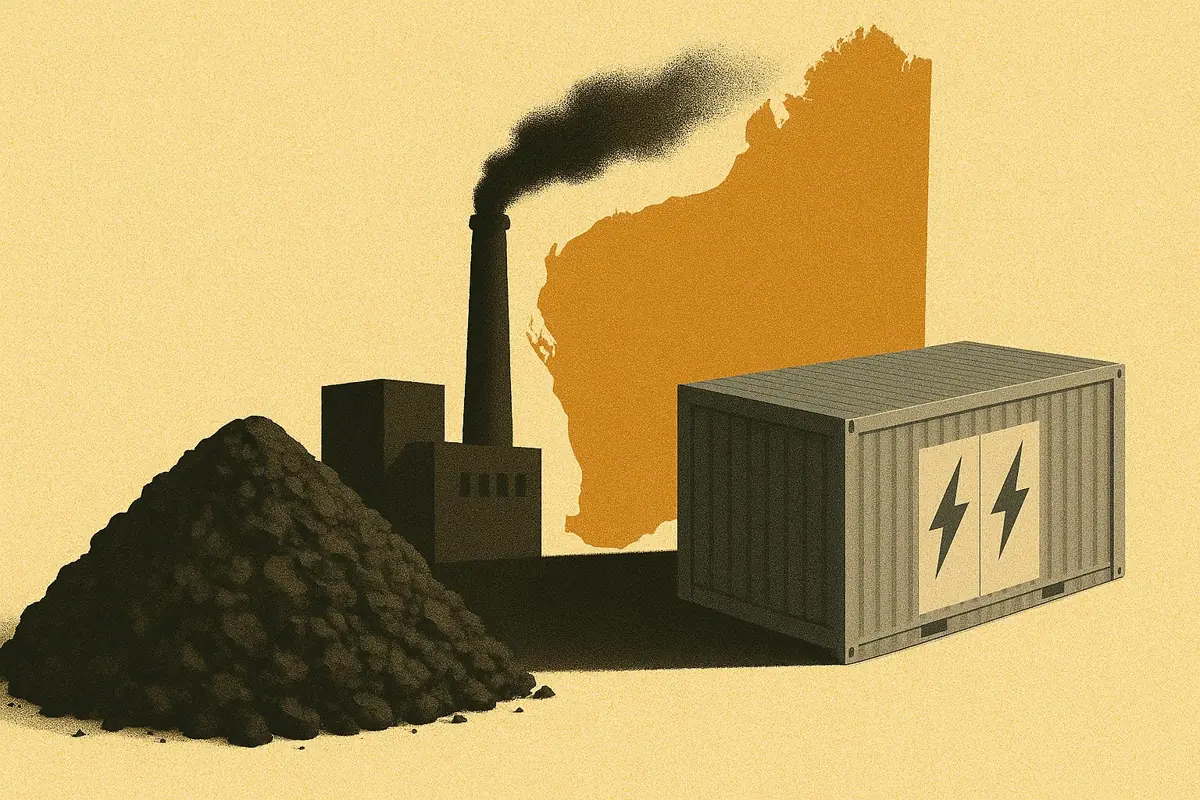The Buildout Report GB: Q3 2024 sees highest buildout of the year
The Buildout Report GB: Q3 2024 sees highest buildout of the year
Executive Summary
- Q3 2024 saw 259 MW of new battery energy storage capacity begin commercial operations in Great Britain, the highest quarterly buildout of the year.
- Despite this increase, the 2024 buildout rate remains lower than 2023, with quarterly additions averaging 226 MW compared to 416 MW last year.
- Only 31% of new batteries in Q3 registered for the Balancing Mechanism, a shift from the previous seven quarters where the average was 73%.
Subscribers to Modo Energy’s Research will also find out:
- How co-located battery projects and new market entrants shaped Q3 buildout.
- Why two-hour batteries accounted for just 38% of new capacity, despite previous trends favoring longer durations.
- Whether Q4 2024 could see the biggest buildout yet.
To get full access to Modo Energy’s Research, book a call with a member of the team today.
Introduction
Q3 of 2024 saw the highest buildout of 2024 so far. 259 MW of new-build battery energy storage began commercial operations in Great Britain.
This brought the total rated power of battery systems in Great Britain to 4.3 GW and total energy capacity in Great Britain to 5.8 GWh.
Quarterly buildout picks up in Q3 2024
Following the new capacity beginning commercial operations in Q3 2024, total battery capacity in Great Britain now stands at 4.3 GW and 5.8 GWh. This means the average duration of batteries in Great Britain is 1.33 hours.
Download
Already a subscriber?
Log in







